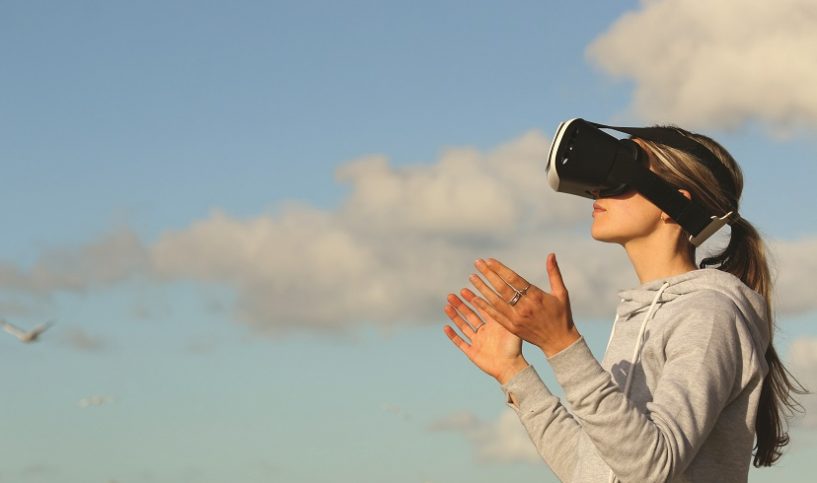If you are a tech geek, chances are you’ve either come across virtual reality in some way shape or form or you are already experiencing the new wave of technology that will soon change the way we consume content. As technological innovations continue to impact digital marketing, one of the most exciting and intriguing tools to hit the landscape in the last few years is VR, or virtual reality.
In my current job role, I have been heavily involved in Virtual Reality over the last six months and I have come to one major conclusion. Virtual Reality will very soon become main-stream and if brands want to survive in an age where engagement is one of the most important factors for success, VR offer one of the most immersive forms of engagement to date.
So what is Virtual Reality? VR is basically a computer generated environment that uses high end graphics as well as audio and other sensations (including in some cases smell) to make users feel that they are in a different world in which they can interact and in some cases manipulate what is around them. Most VR experiences are generated through the use of VR headsets. Users can experience VR by inserting their VR enabled smartphones into a VR headset like Google’s Cardboard or something similar for a basic VR experience. If you want something more realistic and immersive, you can opt for some high-end devices that are connected to a high-end gaming PC that will deliver an awe inspiring experience.
Uses for VR are everywhere, beginning with gaming, offering gamers a new and innovative avenue of experiencing what it feels like being part of a game. But that is just the beginning. Education is set to take a big leap with the ability for students to experience certain historical events as they happened thereby creating a long lasting impression.
In the near future, in addition to being able to buy tickets to attend a live concert, you will also be able to purchase tickets to concerts in VR form. This means entertainment companies will soon be able to sell access to a concert whereby you will be able to actively experience the concert in 360 degree Virtual Reality without the hassle of traveling to another city, standing in line to enter the concert hall; you will be able to enjoy the entire concert in the comfort of your own home.
Although uses for VR have yet to go main-stream, some brands are already experimenting with this new and innovative technology to create more personalized and interactive experiences for their customers. Mercedes lets users experience driving the latest SL model on the Pacific Coast Highway in addition to taking a look at the interiors. A tourism company in Sicily has been able to get tourists to visit a new site on the island by simulating a 3D version of centuries old caves on a VR headset.
So how can marketers take advantage of this phenomenal new way of targeting customers? If you’re in the hospitality business, imagine being able to give people a tour of your resort before they buy your package? After incorporating adaptive 7.1 channel surround sound to the VR experience, there is a higher likelihood that your customers will opt in. What if you want to get people to register to your upcoming event? Very soon, you should be able to give them a sneak peek of what to expect by enabling them to walk through the convention center, taking in the people, sounds and activities. Adding this layer of interactivity will make them even more interested in the event thereby increasing the likelihood of them registering for it.
It is noteworthy to mention that the power of Virtual Reality is not just in the technology. While the technology itself is amazing, the human brain’s ability to identify and comprehend audio and visual cues is much higher. In other words, VR experiences stimulate the part of the brain that does higher level thinking, forcing it to create memories that will last longer as opposed to an experience when you are reading or watching TV.
By giving your audiences a virtual experience, you can nudge them into taking the next desired action. Instead of just reading about and hearing and seeing things in 2D, your prospects can actually see and feel them in 3D.
Barry Rodrigues is Head of Marketing & Product Development at Future Communications and an associate advisor with the International Advisors Group in Kuwait. For comments, please email Barry at barry@nexgenconsulting.co.uk.











